The best spices for poultry are paprika, cumin, garlic powder, onion powder, and dried thyme - these five create perfectly seasoned chicken every time. This guide reveals exactly how to use these top spices plus five more game-changers, with practical timing tips, regional blend secrets, and a quick-reference comparison chart. Skip the guesswork and get consistently flavorful poultry dishes starting tonight.
Top 5 Must-Have Spices for Perfect Poultry
- Paprika - Use sweet paprika for mild dishes, smoked for grilled chicken (creates superior browning)
- Cumin - Essential for Latin and Middle Eastern flavors (withstands high heat without bitterness)
- Garlic Powder - More consistent flavor than fresh garlic (distributes evenly in dry rubs)
- Onion Powder - Accelerates caramelization in roasting (works in all poultry dishes)
- Dried Thyme - Survives prolonged cooking better than fresh (ideal for roasted chicken)
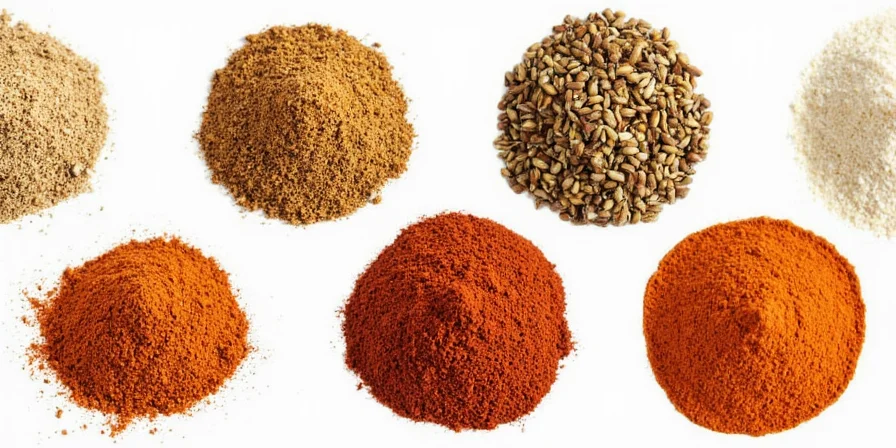
Simple Flavor Pairing Guide
Stop wasting spices with these easy pairing rules that actually work:
- For roasted chicken: Paprika + thyme + garlic powder + black pepper (classic combo)
- For grilled poultry: Cumin + coriander + smoked paprika + oregano (perfect char flavor)
- For weeknight meals: Garlic powder + onion powder + dried rosemary + salt (ready in 5 minutes)
- For special occasions: Turmeric + coriander + cumin + ginger (restaurant-quality curry)
- Budget-friendly secret: Add ½ tsp instant coffee to any blend for deeper flavor (trust us!)
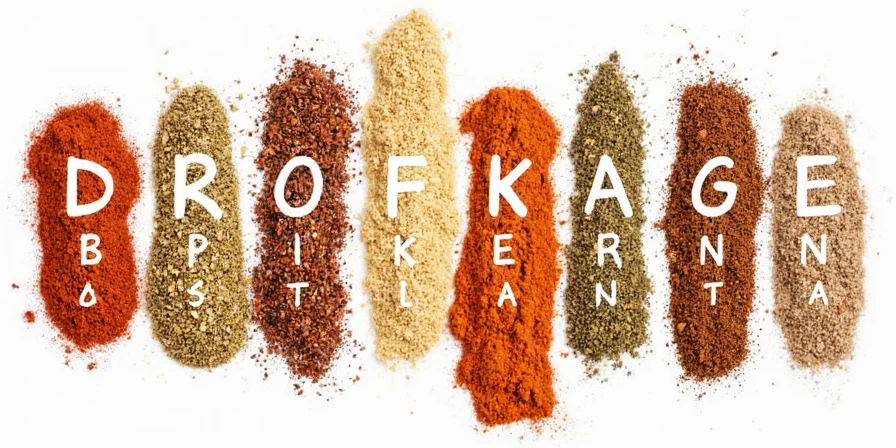
Timing Matters: When to Apply Each Spice
Most home cooks make this critical mistake - applying all spices at the same time. Here's exactly when to add each for maximum flavor:
- Apply BEFORE cooking: Salt, garlic powder, onion powder (these penetrate deeply)
- Apply DURING cooking: Cumin, coriander, paprika (add when internal temp reaches 130°F)
- Apply AFTER cooking: Fresh herbs, black pepper, lemon zest (preserves delicate flavors)
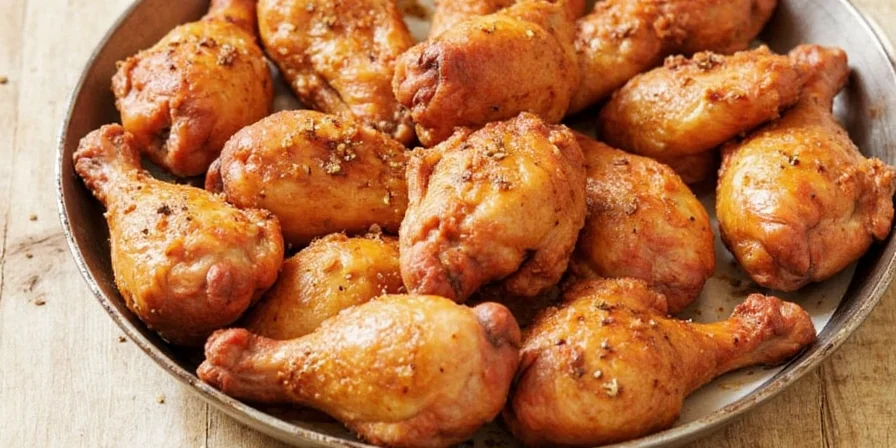
Regional Spice Blends Cheat Sheet
Get authentic flavors without memorizing complex recipes:
- Mediterranean: 2 parts oregano + 1 part rosemary + 1 part thyme
- Mexican: 2 parts cumin + 1 part chili powder + ½ part garlic powder
- Indian: 1 part turmeric + 1 part coriander + ½ part cumin + ¼ part ginger
- Caribbean: 2 parts allspice + 1 part thyme + 1 part garlic powder + ½ part cinnamon
- French: 2 parts thyme + 1 part rosemary + 1 part marjoram + ½ part lavender
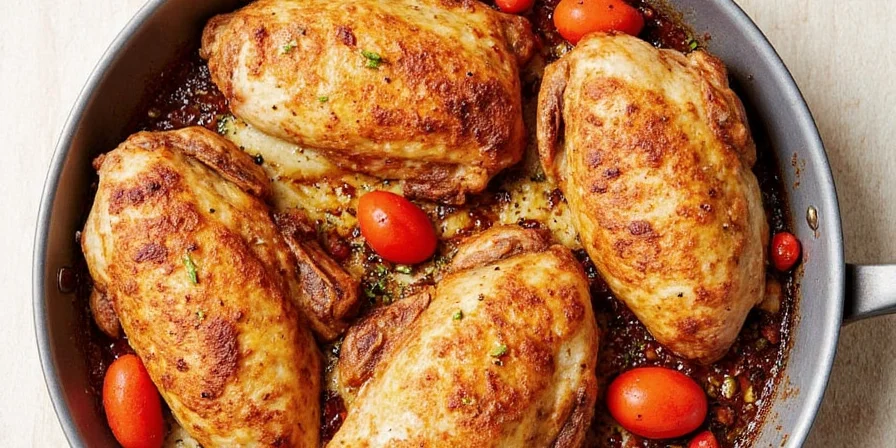
Poultry Spice Comparison Chart
| Spice | Best For | When to Apply | Quantity Per Pound |
|---|---|---|---|
| Paprika | Roasting, grilling | Before cooking | 1 tsp |
| Cumin | Grilling, stews | Middle of cooking | ½ tsp |
| Garlic Powder | All methods | Before cooking | 1 tsp |
| Onion Powder | Roasting, baking | Before cooking | 1 tsp |
| Thyme | Roasting | Before cooking | ½ tsp |
| Rosemary | Roasting | Before cooking | ¼ tsp |
| Turmeric | Curries | With oil before cooking | ½ tsp |
| Oregano | Grilling | After cooking | ½ tsp |
| Black Pepper | All methods | After cooking | ¼ tsp |
| Coriander | Grilling, curries | Middle of cooking | ½ tsp |
3 Pro Tips for Flavorful Poultry Every Time
- Dry brine first: Mix 1 tsp salt + 1 tsp spices per pound, refrigerate uncovered 1-4 hours before cooking
- Oil is your friend: Toss spice-rubbed chicken in 1 tsp oil before cooking for even browning
- Finish strong: Sprinkle fresh herbs or extra black pepper right before serving for flavor boost
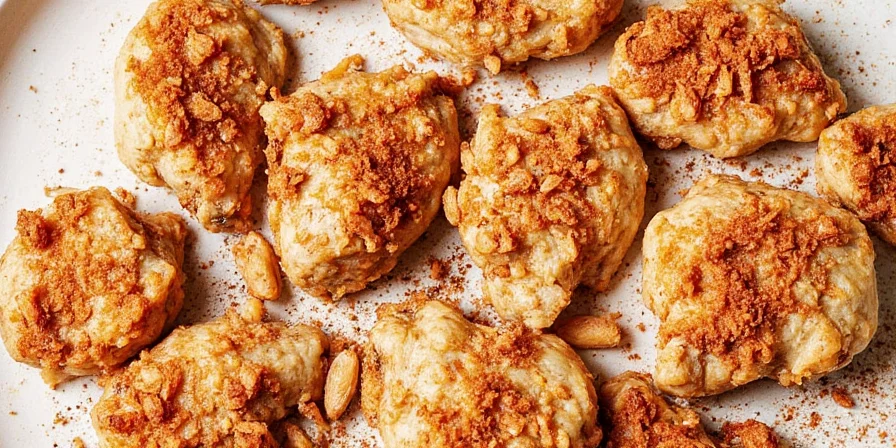
Frequently Asked Questions
What's the simplest spice blend for beginners?
Try this foolproof mix: 1 tsp garlic powder + 1 tsp onion powder + ½ tsp paprika + ½ tsp dried thyme + ¼ tsp black pepper. Works for any cooking method and transforms basic chicken into something special with minimal effort.
How can I make bland chicken taste better with spices?
First, dry brine with salt and spices 1 hour before cooking. Then, add ½ tsp smoked paprika and 1 tsp onion powder to your rub - these create instant depth. During the last 5 minutes of cooking, squeeze fresh lemon juice over the top for brightness that cuts through blandness.
Which spices work best for chicken breast?
Rosemary and thyme are ideal for lean chicken breast because they help retain moisture. Use ¼ tsp rosemary and ½ tsp thyme per pound, applied before cooking with a light coat of oil. Avoid heavy salt blends that dry out breast meat.
How much spice should I use per pound of chicken?
For dry rubs: 1.5 tsp total spice blend per pound of poultry. For marinades: 1 tbsp per pound in ¼ cup liquid. Remember - spices should enhance, not overpower, the natural poultry flavor. When in doubt, start with less and add more after cooking.
Can I use fresh spices instead of dried?
Use three times more fresh herbs than dried (1 tsp dried = 3 tsp fresh). Add fresh herbs during the last 5 minutes of cooking - their flavor disappears with prolonged heat. Never substitute fresh for dried in dry brines as the moisture content changes the texture.

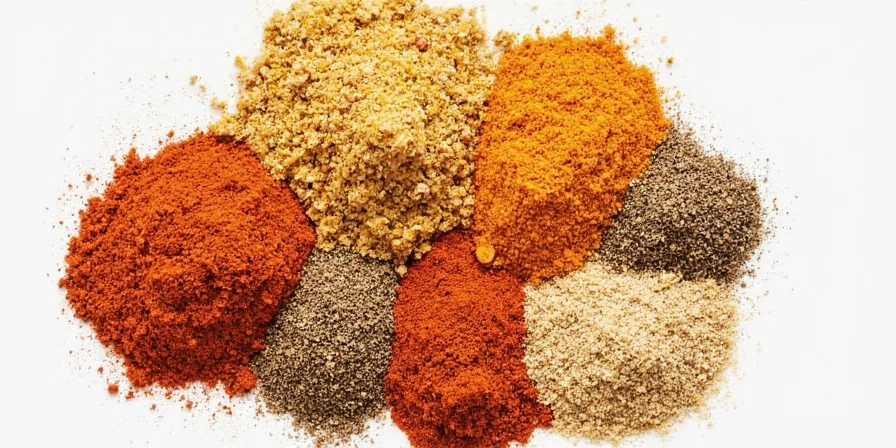









 浙公网安备
33010002000092号
浙公网安备
33010002000092号 浙B2-20120091-4
浙B2-20120091-4